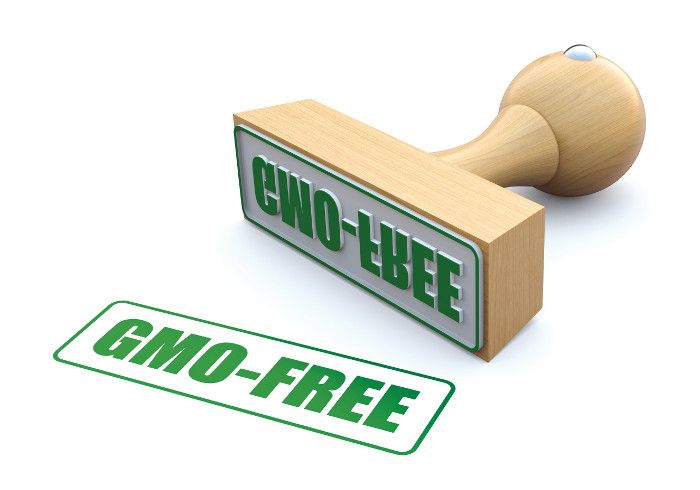Industry Groups Criticize USDA’s Proposed Rule for Federal GMO Labeling Standard
In the short time made available for public comments, a number of natural products groups have responded to USDA, citing issues with the proposal.
Photo ©iStockphoto.com/mipan

In May 2018, the USDA’s Agricultural Marketing Service issued a proposed rule for national GMO food labeling standards. This proposed rule is a result of the National Bioengineered Food Disclosure Standard Law, which former President Obama signed into law on July 29, 2016, amending the Agricultural Marketing Act of 1946 and requiring the Secretary of Agriculture to establish a mandatory national bioengineered food disclosure standard. Following publication of the proposed rule in the Federal Register by the USDA’s Agricultural Marketing Service on May 4, 2018, the public was given until July 3, 2018, to submit comments on the proposed rule. In the short time made available for public comments, a number of natural products groups have responded to USDA, citing issues with the proposal.
If the proposal is made final, mandatory GMO labeling would replace the terms GMO and genetically modified, which are already familiar to consumers, with less familiar and arguably less-stigmatized language: bioengineered, bioengineered food, and BE for short.
The USDA is also proposing to allow the use of a variety of symbols as GMO labeling, such as smiley faces and suns-a move criticized by the American Herbal Products Association (AHPA; Silver Spring, MD) in its public comments. “Each of these proposed symbols clearly convey a sense of comfort, friendliness, and reassurance,” said AHPA, which represents a large contingency of organic product retailers and suppliers. In its response to USDA, the association requested that labeling language and symbols use terms that are already common (genetically modified, GMO, etc.) and themes that are neutral in tone. AHPA had numerous other issues with the proposed rule, and they’re all outlined here.
If companies don’t want to use the BE symbol on their products, the USDA is also proposing-to the ire of many groups-that GMO products be allowed to simply use a QR code in its place. Such labeling would only have to read, “Scan anywhere on package for more food information” or “Scan icon for more food information.”
The Council for Responsible Nutrition (CRN; Washington, DC) also chimed in with other rule changes it believes are necessary to create a fair GMO and non-GMO marketplace. Among them, CRN (and other groups) want labeling exemptions for when products contain small amounts of unintentional or technically unavoidable GMO content-exemptions that are already recognized in other countries and the EU.
While many of the provisions in USDA’s proposed ruling would significantly impact most food and dietary supplement manufacturers, restaurants and very small food manufacturers “would not be required to display any form of disclosure,” according to USDA. The market for GMO foods would, thus, be open to food establishments such as cafeterias, food stands, and bars without requiring public disclosure.
Despite the many questions proposed and numerous requests for USDA to extend to comment period deadline, including by the Natural Products Association (NPA; Washington, DC), some industry members expect the USDA to make a final ruling shortly because the law requires USDA to issue a final rule by July 29, 2018.
Also read:
President Obama Signs GMO-Labeling Bill